The pitfalls and benefits of the $ 10 billion Apple after-sales repair market
How the $ 10 billion / year iPhone repair market affects $ 150 billion / year of iPhone sales revenue
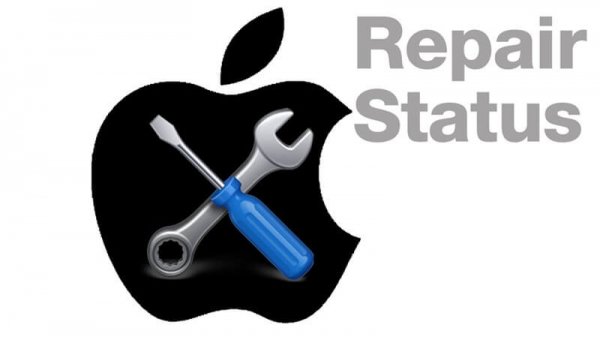
CONTENTS
1. Apple(Iphone) official after-sales repair operating at a loss?
2. Apple’s $10 billion after-sales repair market
3. Changes and consequences of Apple’s after-sales repair strategy
4. Gains and losses brought by the public after-sales repair market to Samsung, Huawei, Xiaomi, OPPO and VIVO
5. Summary and prospect of mobile phone after-sales repair market
1. Apple(Iphone) official after-sales repair operating at a loss?
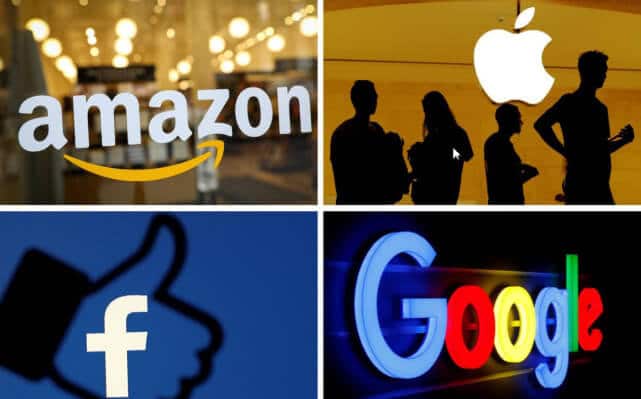
In its response, Apple said it had not made a profit on the repair business each year since 2009 when the cost of the repair outweighed the value of the recovery. Apple has pointed out that its repair procedures are so stringent that even third-party licensees need adequate training to qualify for Apple’s spare parts and additional repair services outside the Apple Store. Tens of thousands of apple’s authorized repair technicians work at apple stores and third-party retailers.
Apple has also defended its refusal to repair devices in some cases, including devices where the original components (such as the main logic board and housing) have been replaced with non-original components. That’s because to replace those parts, and the device must be removed to the point where it requires apple’s specialized tools and processes to reassemble the device.
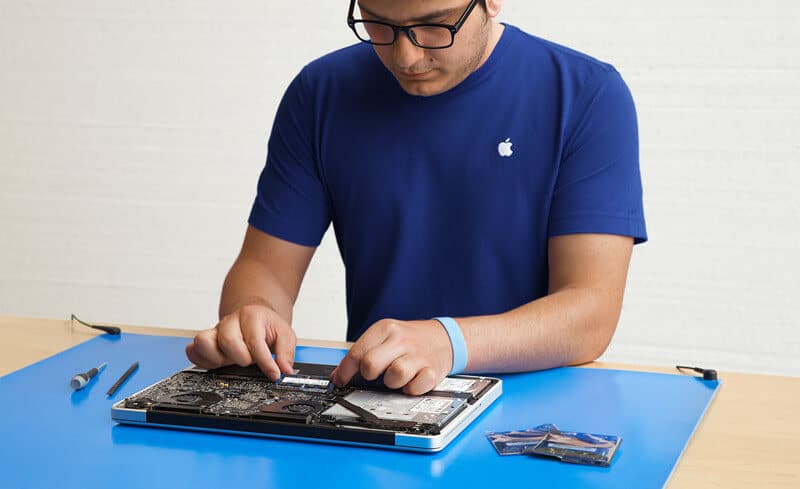
2. Apple’s $10 billion after-sales repair market
Apple’s official after-sales repairs are costly. As can be seen from Apple’s official website, regarding the most easily damaged screens, back covers and batteries, the average OLED screen repair price given by Apple is 300 USD, the average LCD screen repair price is about 165 USD, and the average cost of glass rear cover repairs is as high Above 300usd, the battery repair price is about 60usd.
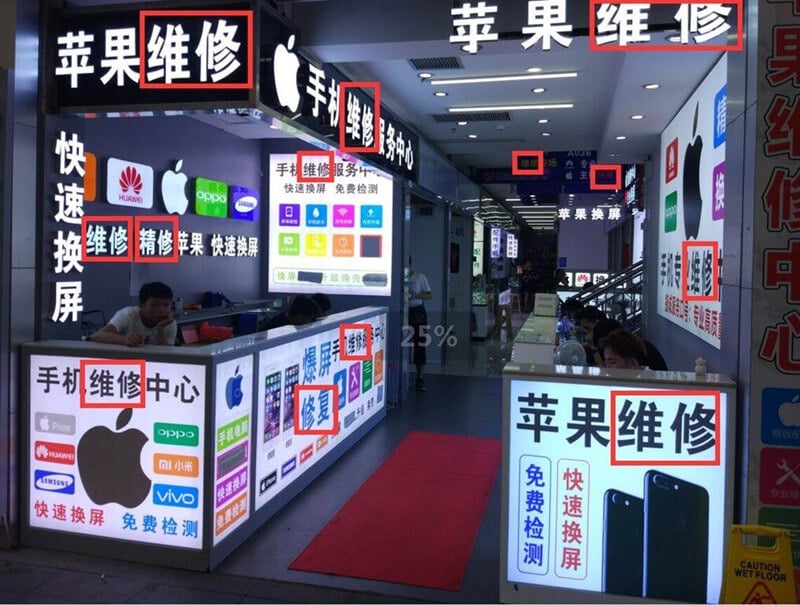
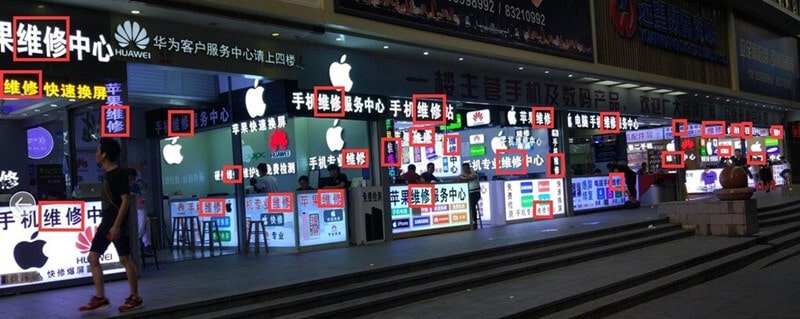
If calculated, according to Apple’s official maintenance costs, the maintenance cost of an Apple phone is around $ 150 (a careful consideration). In the open market, the repair price is generally only about half of Apple or Apple-authorized repairers, which is about 75 dollars each.
3. Changes and consequences of Apple’s after-sales repair strategy
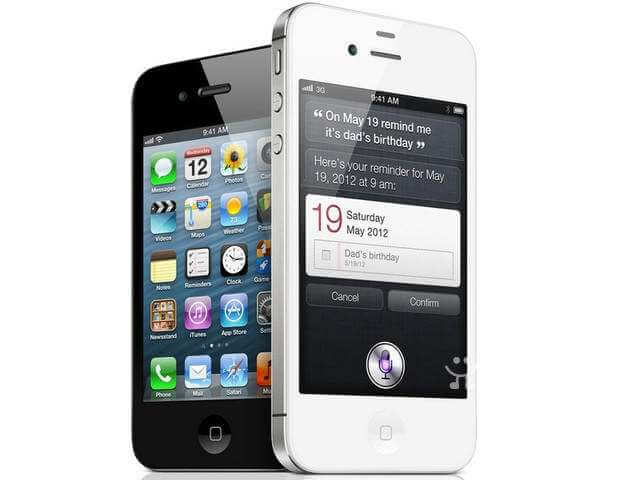
Based on this huge market demand, many manufacturers serving China’s Huaqiang North have found business opportunities. They began to produce iPhone 4 screens, covers, batteries, and other accessories in cooperation with the open market. At the same time, these manufacturers also began to use these accessories to assemble fake iPhone 4 phones.
In the beginning, Apple also actively contacted Chinese domestic law enforcement agencies to crack down the Apple aftermarket maintenance industry chain in the Huaqiangbei market. However, after a period of implementation, Apple suddenly found that compared to the sales of genuine mobile phones due to the appearance of these assembly machines, the decline in sales due to inconvenient maintenance caused Apple to lose more… Therefore, Apple decisively gave up the blow to the open market, and canceled the original design of adding its logo on the front cover, and reused the simple design to facilitate the open market to serve its products.
The change in Apple’s strategy has enabled Huaqiangbei’s Apple after-sales maintenance industry chain to grow and serve the global market through online transactions rapidly. Apple’s iPhone 4S phones have also achieved great success in markets outside the United States. The latest data shows that iPhone sales worldwide generated more than 142.38 billion U.S. dollars in revenues in 2019.
So in order to protect itself, apple began to extend the chargers’ coding technology to other major components in subsequent models: if they are not genuine apple components, they will lose after-sales support when connected to the apple motherboard, and the use of some functions will be restricted. For example, if the display screen does not match the code, the point-to-point display function can not be achieved; If the battery is not on the code, quick charging or power management functions can not be used.
4. Gains and losses brought by the public after-sales repair market to Samsung, Huawei, Xiaomi, OPPO and VIVO
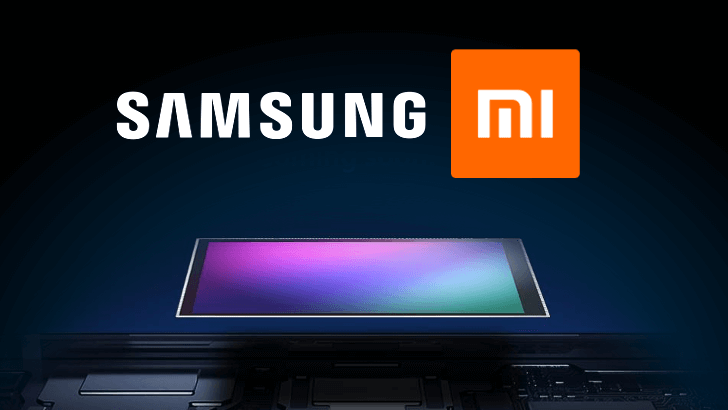
At that time, Samsung and Xiaomi also learned from Apple’s old methods, hired a large number of detectives in Guangzhou and Shenzhen, and organized huge “anti-counterfeit teams” to report on the open market manufacturers involved in their brands. Because Samsung and Xiaomi’s components carry LOGOs, open market accessory sellers are easily caught by law enforcement agencies.

Samsung and Xiaomi have started to decline in mobile phone sales since 2015. Compared with other factors of the two brands, at least half of the elements are inconvenient to repair when the phone is broken.
Although these brands themselves will not acknowledge the existence of these factors when Xiaomi found out the reason, the first thing was to remove the LOGO on the front panel. The anti-counterfeiting department no longer targeted the accessory manufacturers on the open market, only the entire phone manufacturers for counterfeiting. Therefore, Xiaomi’s mobile phone sales have rebounded since 2017.
Inspired and benefited by the incident, it is the BBK group (OPPO & VIVO), which is extremely sensitive to the market. OPPO & VIVO has built a sizeable offline system. In addition to its excellent market sales, its more convenient after-sales maintenance service than the open market is the biggest motivation to attract consumers without worrying.

Only Samsung, which still insists on anti-counterfeiting offline, has begun to encounter situations where the main components are not produced by third parties. At the same time, after the sharp decline in after-sales maintenance experience, it also encountered price wars and political factors, so it quickly fell back in the Chinese mainland market.
5. Summary and prospect of mobile phone after-sales repair market
Apple’s decline in sales outside the United States in the past two years has similar reasons. The first is the reason for the limited function of the uncoded components. The after-sales service experience of Apple mobile phones in the open market is not good. In markets outside the United States, the lack of Apple outlets and the policy of unconditionally replacing new machines have begun to affect Apple sales.
Besides, the conversion of Apple to an OLED display and the increase in functional integration with the back cover glass also makes it challenging to produce the same accessories on the open market, so support for Apple mobile phones in the open market has also rapidly weakened.
Huaqiangbei’s public aftermarket maintenance market has shrunk in the past two years, far less than the hustle and bustle of three years ago. As Huawei has recently begun to crack the public maintenance market like Apple, Samsung, and Xiaomi, Huaqiangbei’s public aftermarket maintenance market is even less attractive.


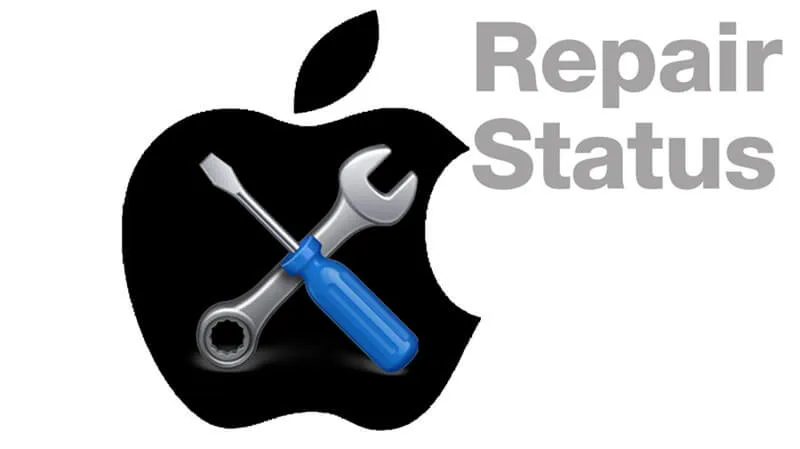




Fantastic post.Really thank you!
You are welcome:)